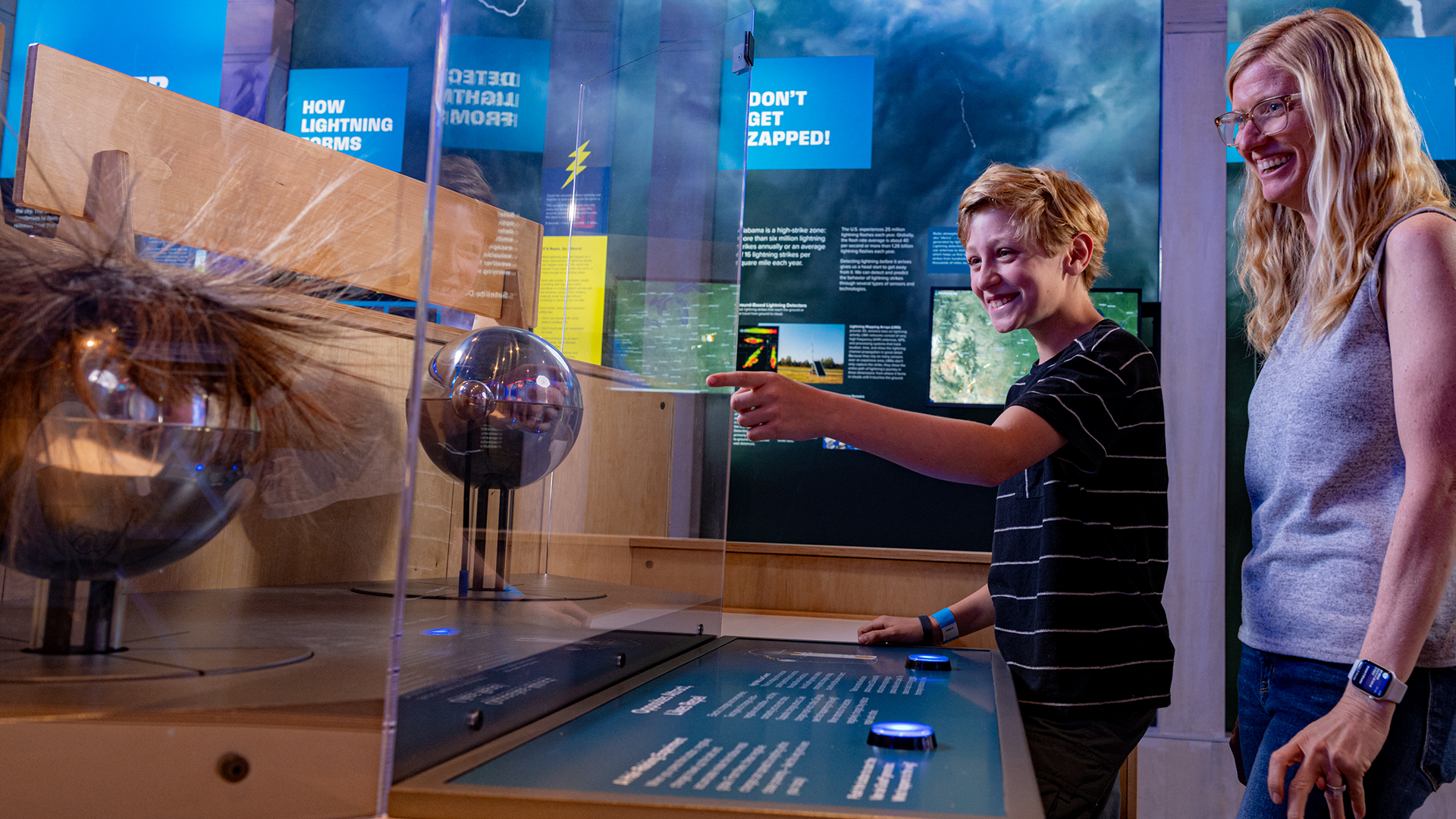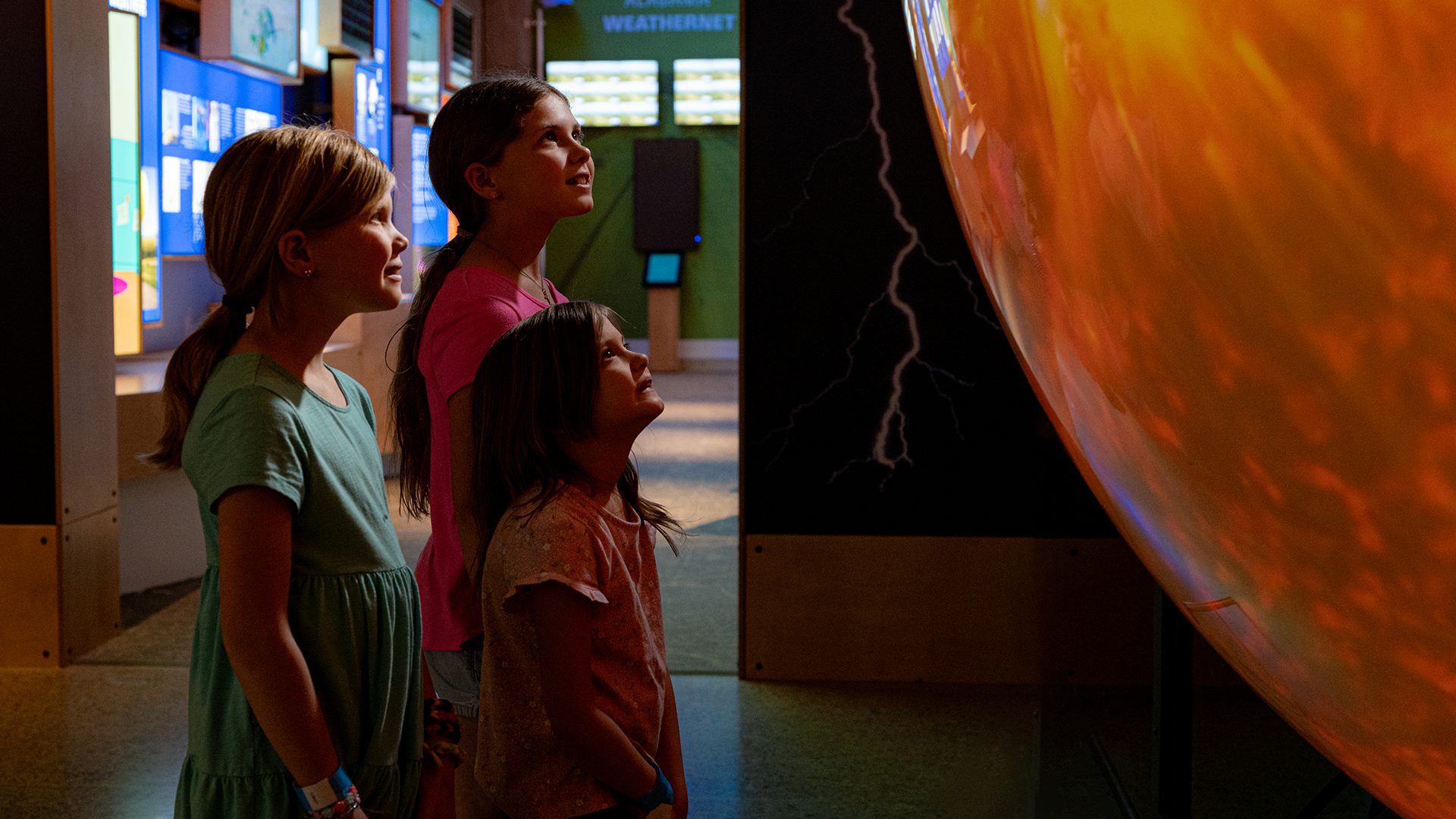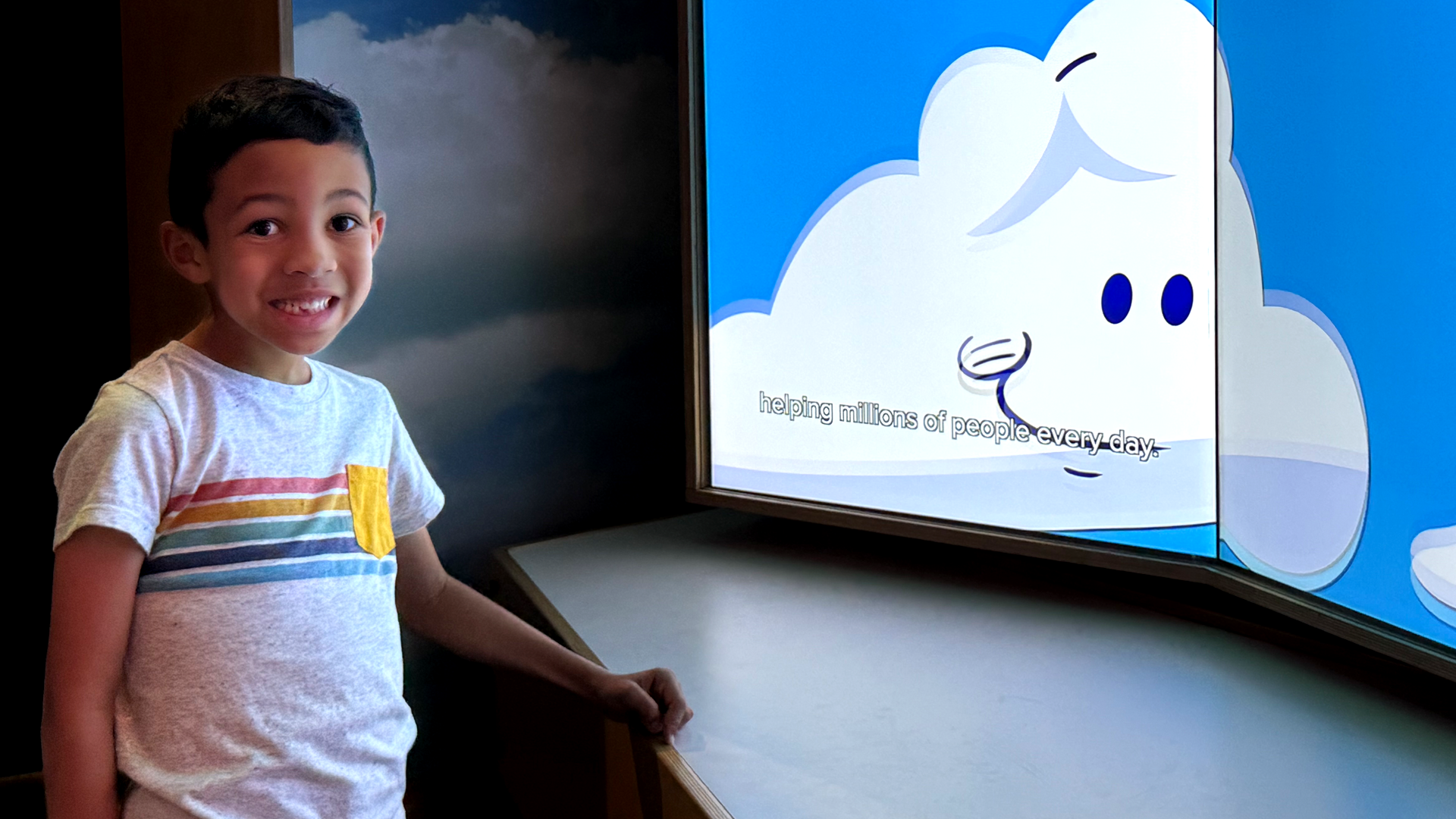

The Baron Institute is excited to partner with the U.S. Space and Rocket Center (USSRC) in Huntsville, Alabama, to bring the “How We Know the Weather” exhibit to life! This exhibit features over thirty fun interactive displays, multiple live feeds, and unique sensory experiences for guests to explore, engage with, and learn about the fascinating world of weather.
Explore the captivating history of weather instrumentation. Witness the awe-inspiring power of a tornado! Create your own mesmerizing wind patterns or learn to interpret radar like a meteorologist. Uncover the mysteries of lightning, observe the enchanting formation of clouds, and feel the raw energy of nature course through you—experience the thrill firsthand at the USSRC’s newest exhibit, “How We Know the Weather!”

Special Thanks to the U.S. Space & Rocket Center
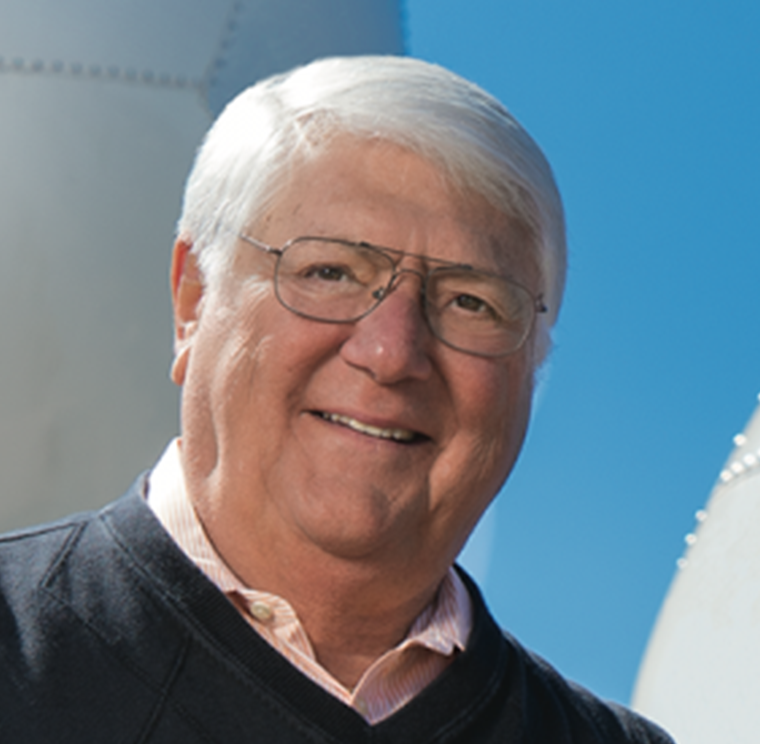
“We are excited to unveil this cutting-edge exhibit in partnership with the USSRC,” said Bob Baron, Founder of the Baron Critical Weather Institute. “This comprehensive exhibit explores the evolution of weather instrument development over time and demonstrates how these advancements have enhanced our understanding of ‘How We Know the Weather.’ This exhibit would not have been possible without the support of Dr. Robinson and the USSRC.”
—Bob Baron

Dr. Kimberly Robinson
“The U.S. Space & Rocket Center is excited to partner with the Baron Critical Weather Institute to present a new exhibit “How We Know the Weather.” This fascinating exhibit will be open to Rocket Center visitors and Space Camp students alike. Showcasing the evolution of weather instrumentation and highlighting the critical link between space exploration and weather forecasting, the exhibit offers a dynamic, hands-on experience that aligns with the Rocket Center’s mission to inspire curiosity, discovery, and learning.”


Kay Taylor
“The Baron exhibit will offer guests at the Rocket Center an immersive tour of the technologies we use to understand the weather. Additionally, the exhibit will serve as an interactive classroom for learners throughout the Center. The exhibit will be used in Space Camp programming to demonstrate the on-Earth benefits of satellite technologies, the importance of accurate weather prediction for aviation, and the role robotic sensors play in our understanding of our world. A weather-themed lab (and tour of the exhibit) will become an option for school groups participating in the USSRC’s Ultimate Field Trip program, and the Maker Space will include a weather sensor program within the rotation of public programming. Teachers taking part in Space Academy for Educators, the immersive professional development camp that hosts teachers from around the country and the world, will train on a module featuring weather data and analysis that they will transfer back to their classrooms to help create scientifically literate students.”
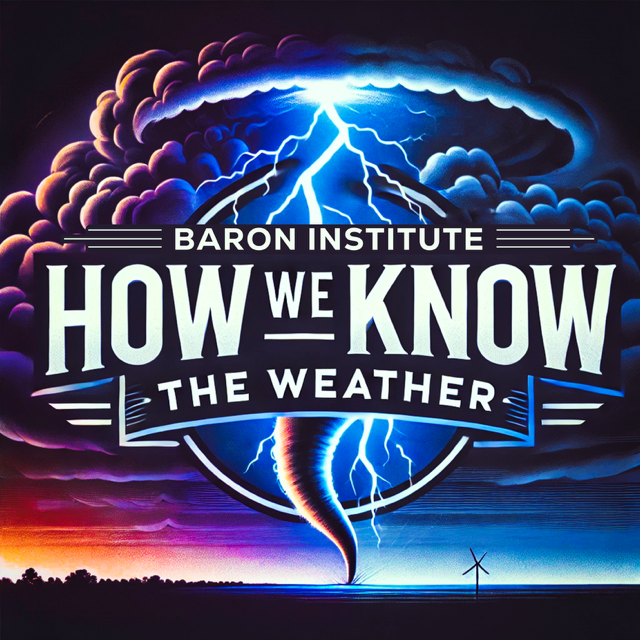
Just as the sky is filled with layers of clouds, each adding its own unique beauty, we are fortunate to have the support of many generous partners, contributors, and individuals. Each of them plays a crucial role, much like the clouds in the sky, coming together to create a magnificent formation of collaboration and support. Their collective contributions have made this exciting exhibit, “How We Know the Weather,” possible, inspiring and equipping future scientists, engineers, and mathematicians with invaluable knowledge and insights about weather phenomena and the science behind forecasting.
